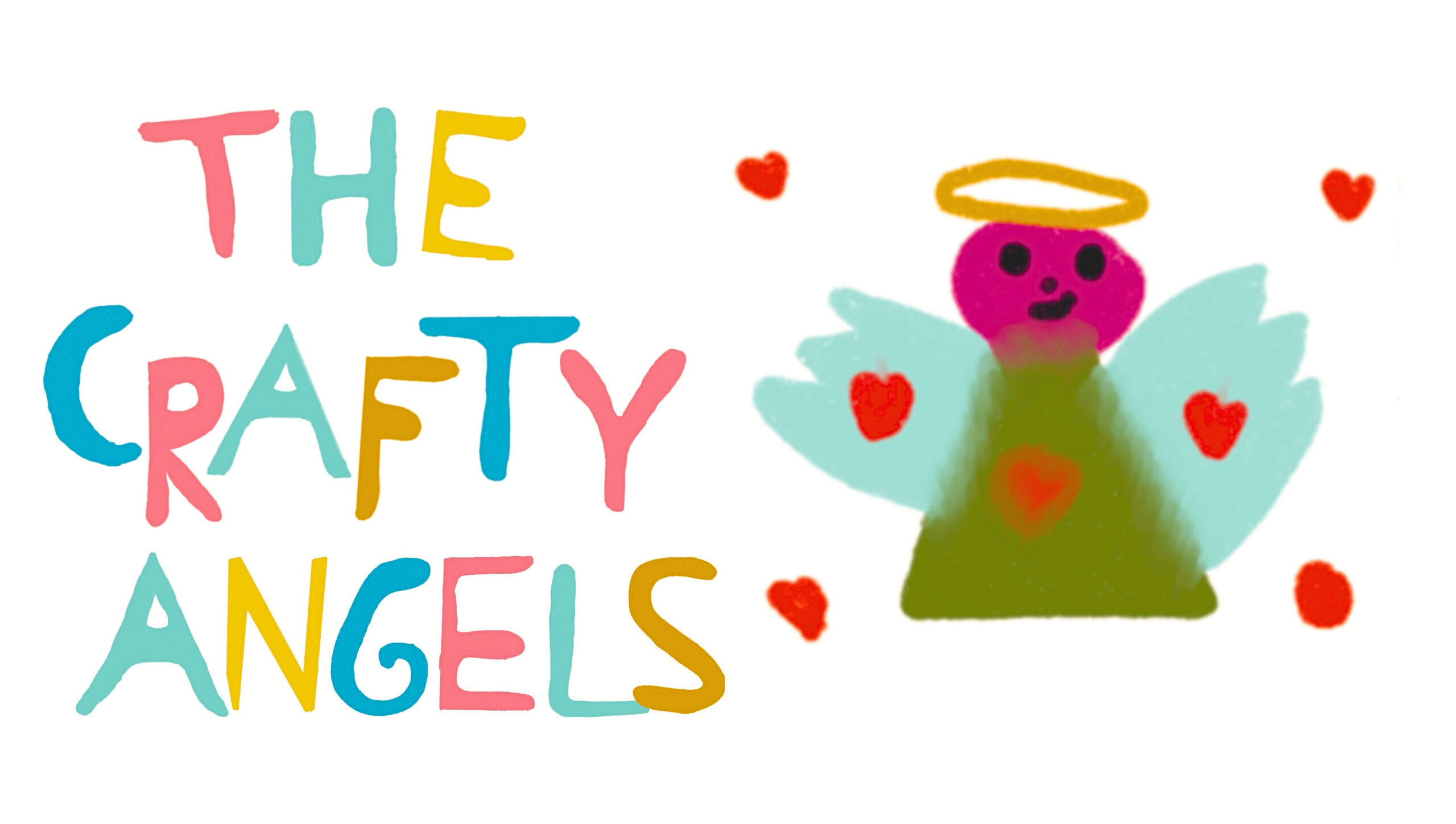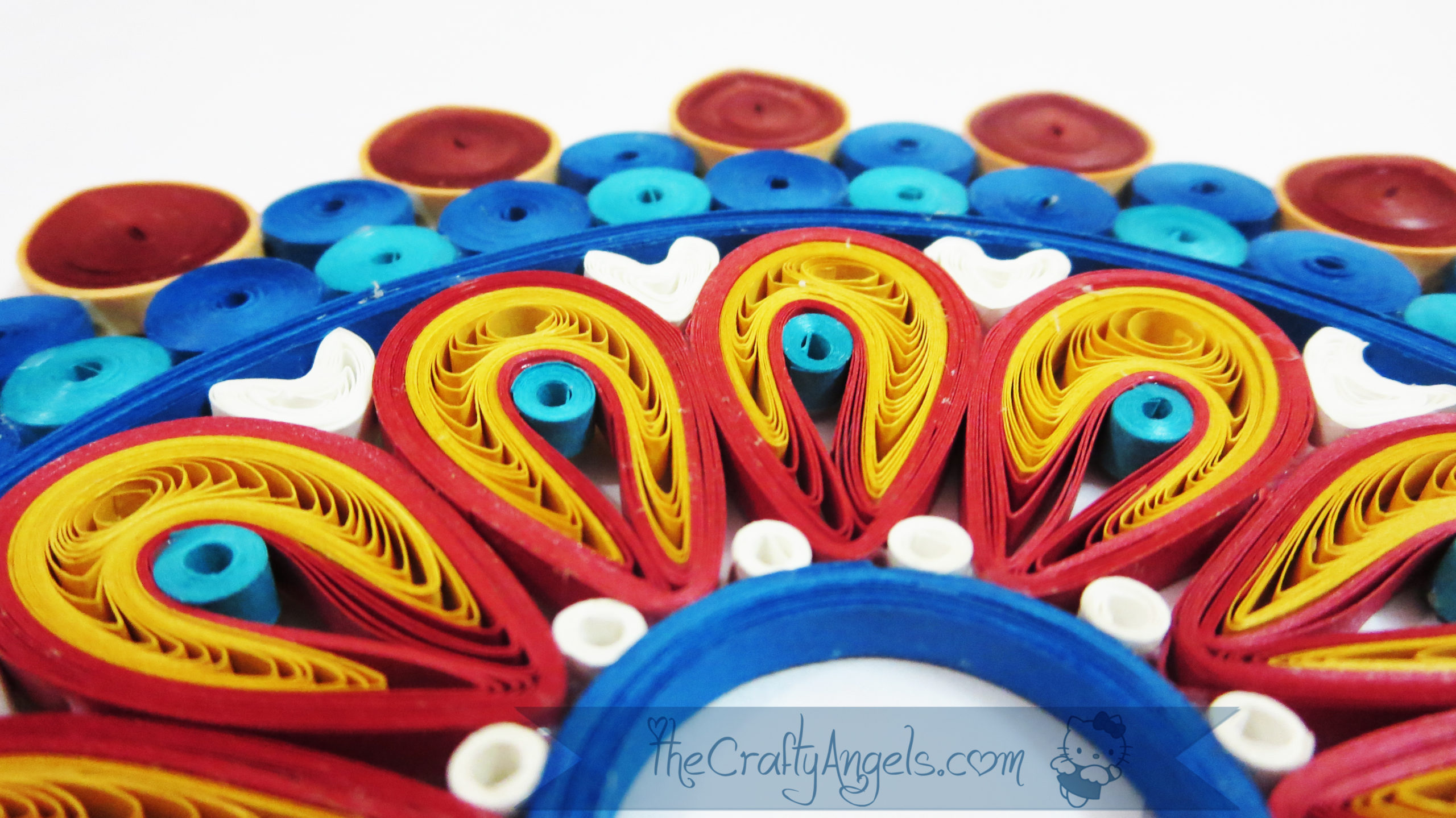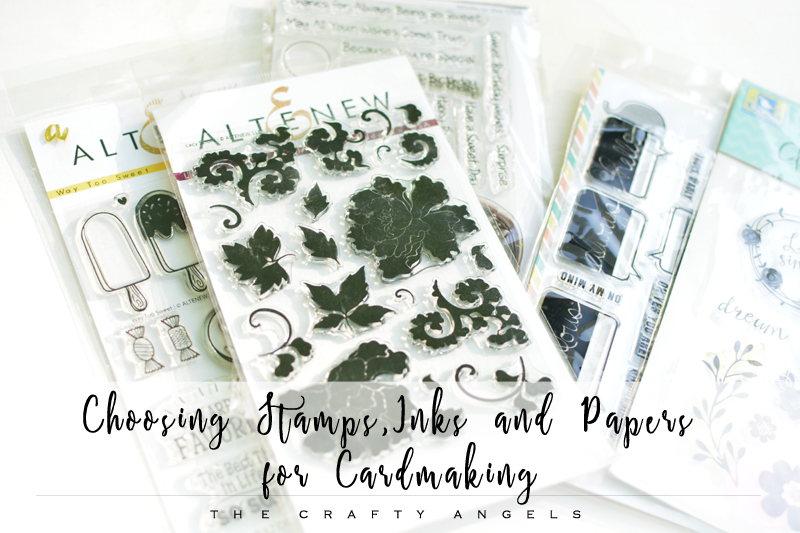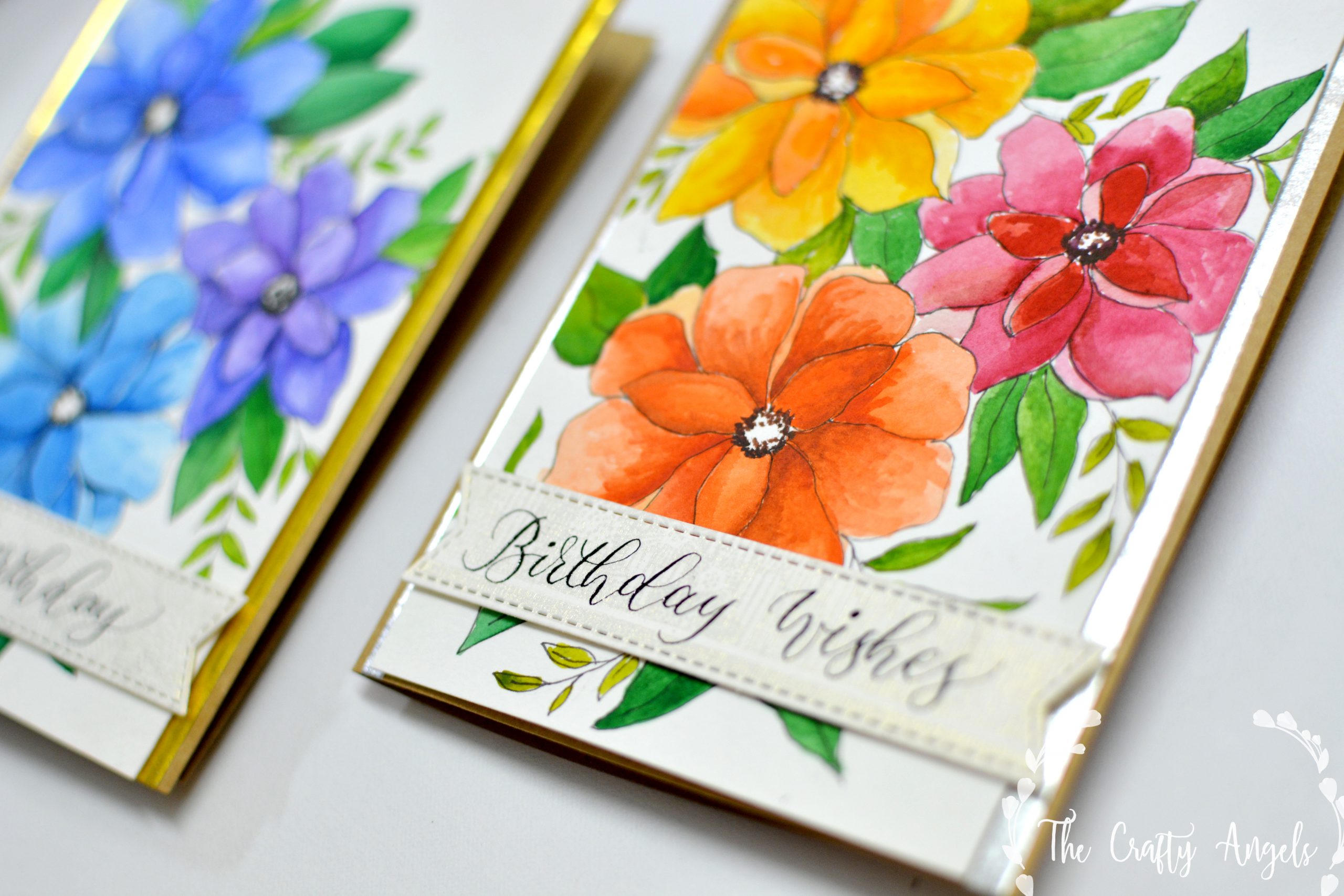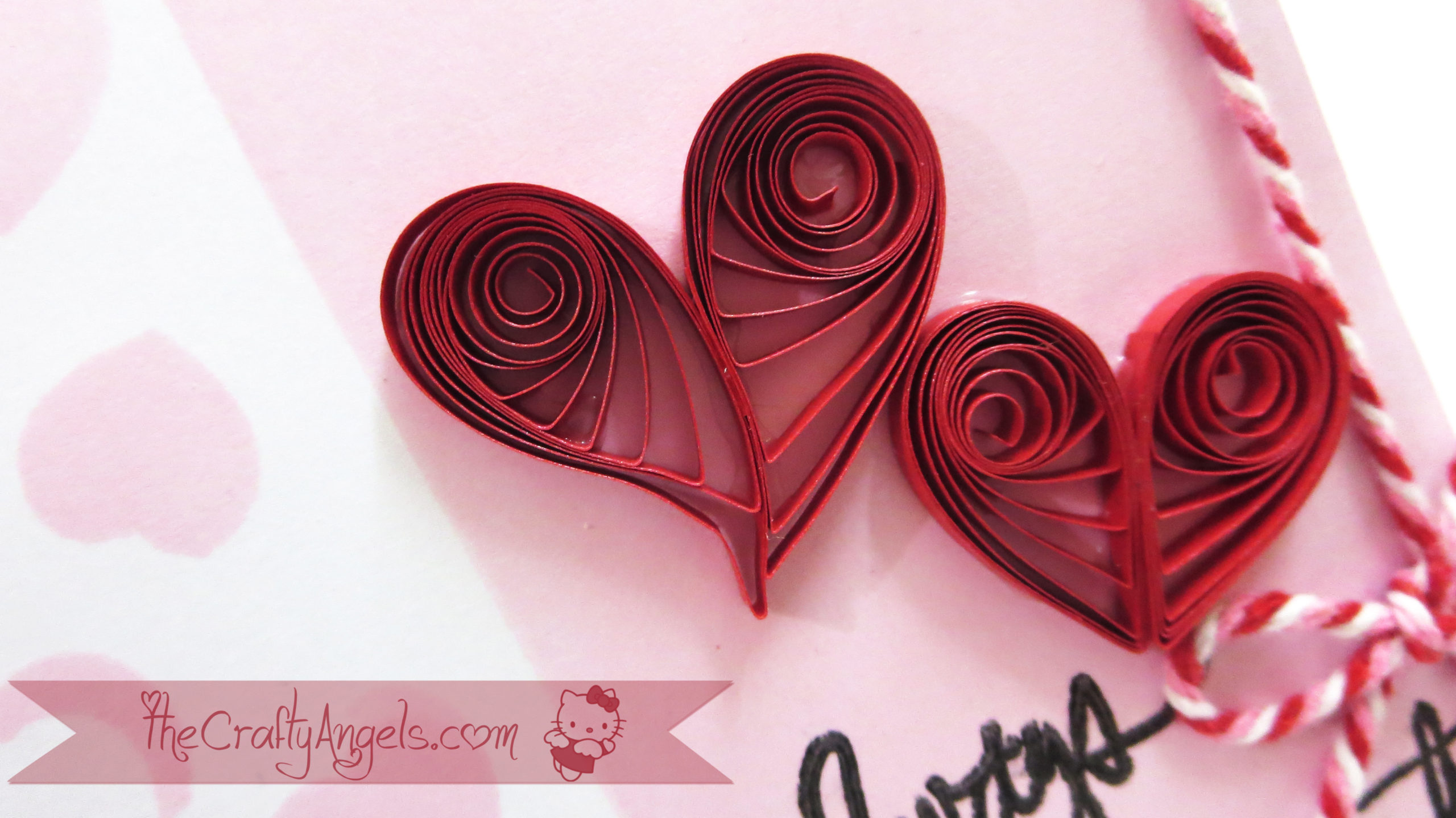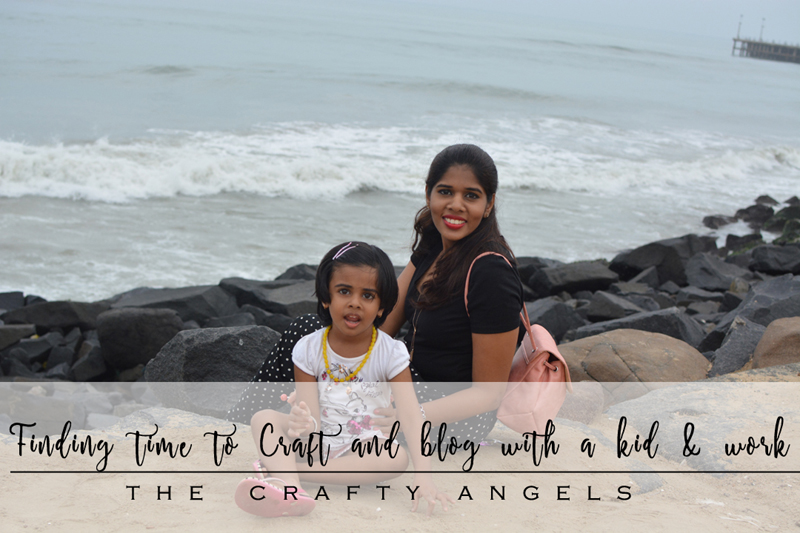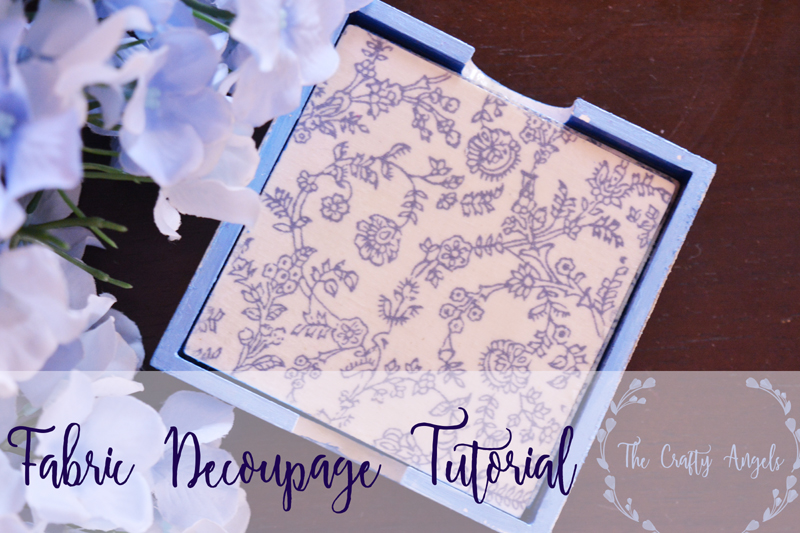Best watercolor supplies for beginners – paints, papers and brushes
Super Easy Guide to Watercolor Supplies for Beginners!
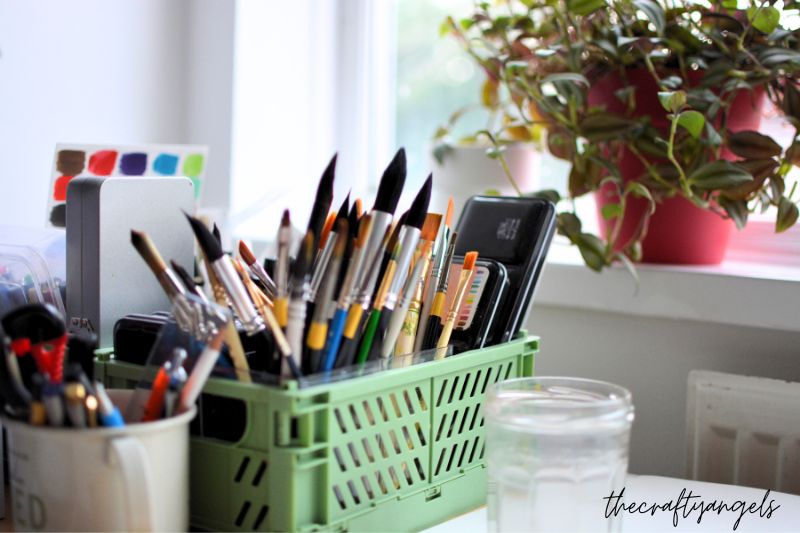
Want to make pretty painting with watercolors? Me too! To be honest I started getting into watercolor painting much deeply that before during the COVID lockdown. Yes another pandemic hobby but it has stuck with me ever since. Having zero knowledge about watercoloring and being very stingy with the supplies that I had, is where I started out, probably just like you at this moment. I am sure you ended up here as you were searching for the best budget friendly beginners watercolor supplies. This guide is like a cheat sheet to finding the perfect beginner watercolor supplies (without spending a fortune!).
Why Watercolors?
Think like magic! Watercolors mix with water to create soft, colorful layers. Plus, they’re forgiving (you can easily fix mistakes) and portable (paint anywhere!), making them super beginner-friendly. And guess what? They’re also budget-friendly!
But remember:
- Forget “perfect”: Just learn and experiment, without the pressure of the perfect outcome. I feel a bit hypocritic saying this myself, because I do often find myself aiming for perfection and aiming for the standards I see on Instagram. And that is when I kind of take a break from Instagram and create something I truly like, without the pressure of having to share it online. It can be messy, it can be chaotic, it can be pretty, it can be just anything you want!.
- Start small: Don’t get overwhelmed having the urge to have every type pf watercolor supplies. Get the basics and add more later as you discover what you like. I painted for more than 2 years with the very same set of brushes, paints and papers until pandemic stuck, and I wanted to experiment more, I fell for the trap of needing the same supplies as the artists I was following on Instgram!
- Have fun! Watercolors are about joy and exploring, so make mistakes, laugh, and enjoy the ride.
Now, let’s break it down:
1. Paints:
- Pans or tubes? Both work! Pans are easy to carry, while tubes have brighter colors and mix easier. For now, pans are great because they’re cheap and convenient.
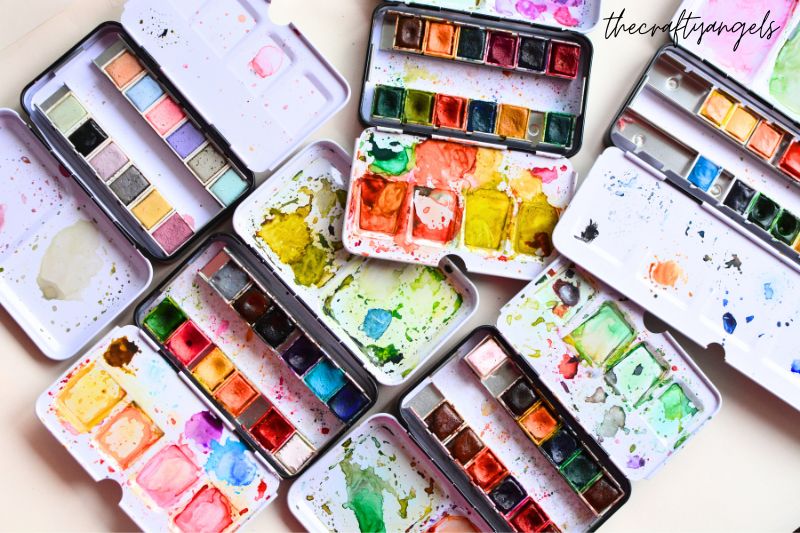
Personally I have only used cakes as I find it convenient to simply just take it out from and use its lid as a palette if I need to mix up colors. They need to be activated by adding water – I simply use a wet brush but you can also spray water all over them before you start the project. There are so many amazing brands who have really high quality water color cakes, all links provided below.
With tubes, they are more professional quality and very pigmented. You will need a very tiny bit of paint for days to go and so , you will need a watercolor palette to go along. When you grow along in your watercolor journey, and start applying color theory, you might be looking for accurate shades and thats where tubes fare better than pans. For now , as a beginner, unless you have so much money to expend, watercolor pans are functional and budget friendly thing to buy.
Colors: Start with a 12-color set. Get the main colors (red, yellow, blue) and some browns to mix tons of other colors. The reason I want to stress the need for main colors is that there are several pans that are specific to certain family of shades. I often see boutique artists who create palettes with limited shades, which is a bit challenging when you are a beginner. I have the links to all the supplies I recommend right below so be sure to check them out 🙂
My recommendations for best beginner watercolors :
2. Brushes:
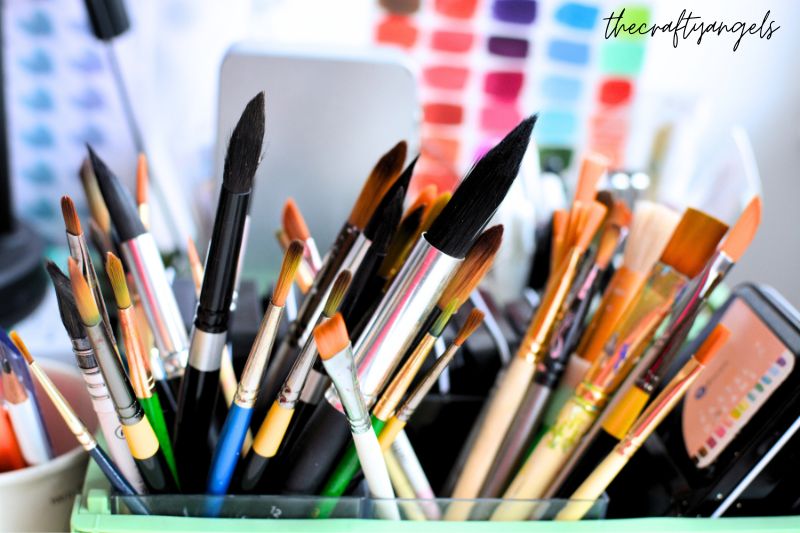
- Synthetic hair brushes vs. natural hair brushes ? Synthetic hair brushes are cheap and strong, perfect for learning. You wont believe when I say that brushes wear out just like our tooth brush! and Synthetic ones stay for much longer than the real hair ones. Synthetic brushes are made with artificial materials to perform just like natural hair, they are slight bit stiffer , in the sense that the hair snaps back, and they do not hold water. Despite all these years of painting, I do not own a single natural hair brush so that is a testimony to the fact that even with synthetic ones, you can learn & make great artworks. I will leave links to some good ones I use and recommend.
- Natural hair brushes (like sable) hold more water and paint finer lines, but cost more. If you are looking for cruelty free, animal friendly and vegan options, synthetics are the best 🙂
- Shapes: Mostly you need round brushes for big washes and tiny details. A big round brush (size 8-10) for washes, a medium round (size 6-8) for details, and a small round (size 2-4) for super fine lines are all you need. I only owned round brushes for several years until a brand offered to send their brush collection which included lot of other types such as angular, filbert, mop brush etc. To be honest, I only use these specialized brushes for brand shoots and if I have to pick one right now, it will always be a round brush! They are super versatile.
My recommendation for best beginners watercolor brushes :
3. Paper:
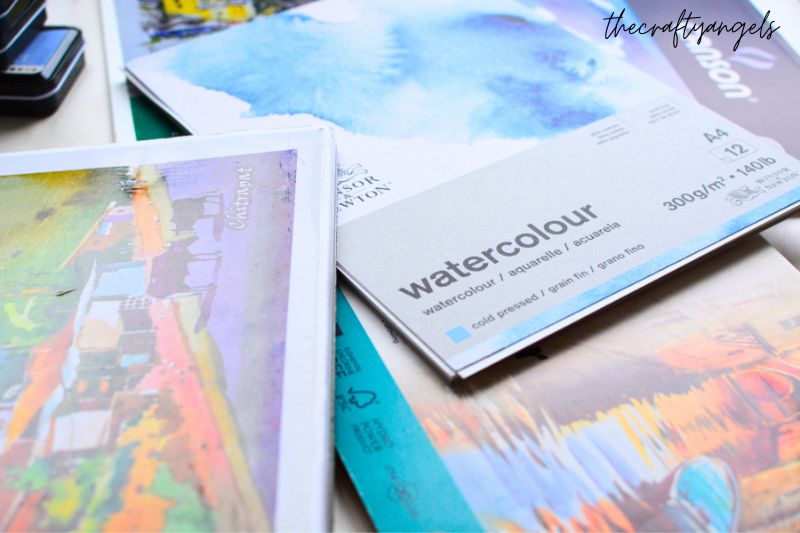
- Don’t use normal paper! I kept this for the last but this is the most important thing for watercoloring especially when you are a beginner. Why do I say expecially for beginners? Well when I started, I painted in a practice notbook and later upgraded to a student grade watercolor paper. But that upgrade did not help me get any outcome similar to the tutorials I was following online. The gap lied in the watercolor paper I was using. Now that I have been painting for quite few years, I can make random papers work because I know what techniques work on them. Until then, it is the best to use a good grade watercolor paper. Sure it feel like taking a part of your heart away to be practicing on expensive papers but it is worth it. Okay now coming on to the types of watercolor papers –
- -Based on the composition of the paper material, there is 100% cotton papers, 100% cellulose paper ( from wood pulp) and then papers that have mix of both in varying proportions (eg.25%cotton etc). Cotton papers are expensive but they are the best. They soak more water, and let the watercolor spread through the wet paper fibres rather than float above in thin layers of water.
- Based on the manufacturing process, there is cold pressed paper ( rough to medium texture), hot pressed paper (smooth/fine texture paper). Depending on the style of painting you intend to do, you should be choosing either of them. So I paint a lot of florals and they need alteast 2-3 layers so I opt a cold pressed paper. A hot pressed paper on the other hand is the best if your painting has a lot of finer details to be added in layers. Both CP & HP papers hold water ( if they are cotton) but due to the texture on the paper, both might be better for different applications. Rough textured paper in my experience are good for painting that need washes like landscape, sunsets, oceans etc. I do not like the jaggered edge to my painting edges that is created due to the the rought texture on the paper. Having said all of these, I also want to let you know that the texture could vary between brands as well. I feel an Arched medium texture is lot more texture than any other medium texture paper.
- Based on the assembly – they could be hardbound into sketchbooks, spiral bound sketchbooks, loose paper, gummed paper pads etc. I have always painted on loose papers and now I cannot really paint on any other type or paper! I also own few sketchbooks, in an attempt to practice more in them. I think it is all a matter of mere convenience. I find that the gummed pads are helpful if you are painting landscapes, skies etc as they hold the canvas stretched. You could also instead do that by sticking them to a hard backing with washi/paper tape.
- Well so the final conclusion is to invest in a good paper. My recommendation is a 100% cotton cold pressed watercolor paper in any form as you wish.
My recommendation for best beginners watercolor papers :
4. Other Stuff:
These are really not essential to be store bought, just use thing you find around your home.
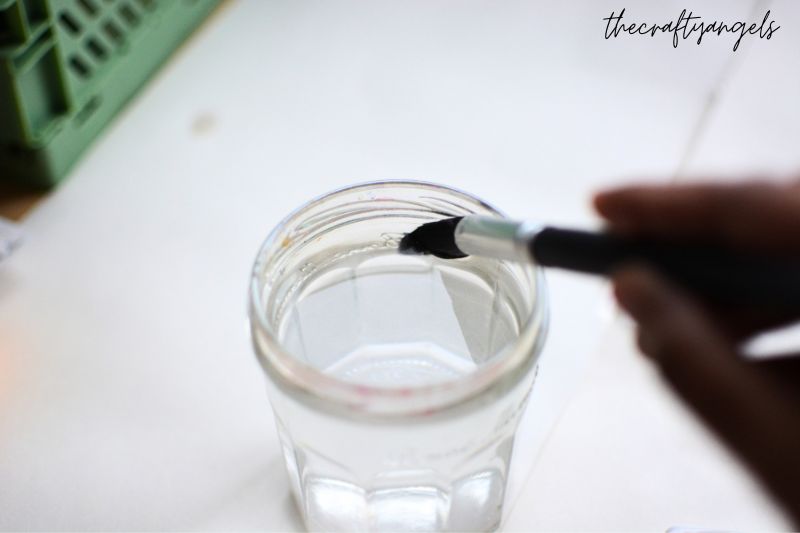
- Cups for water: One for clean water, one for rinsing your brush. I am guilty of cleaning my brush in dirty water and being lazy to change water! I use mason jars and glass jam bottles etc to hold my water.
- Pencil and eraser: For sketching what you want to paint. I prefer using the normal wooden pencil over the clicky pencil as the graphite stays on the top surface of the paper and not get into the textures. That way it is easier to erase off with a gentle touch instead of damaging the paper surface. I use a normal eraser although I did find the kneadable eraser to be better. I lost it somewhere but the normal one works just fine as well.
- Tape: Cover areas you don’t want to paint. This is something I have tried several times but haven’t had luck with. I either use washi tapes that do not hold the paper well enough or use paper tapes whose adhesives are too strong they don’t peel off without taking a layer with it! Ive used the hairdryer method to heat up the tape and loosen the adhesive before peeling- it did work but the only problem was the adhesive was left on my paper! Let me know in comments if you have any solution for these 🙂
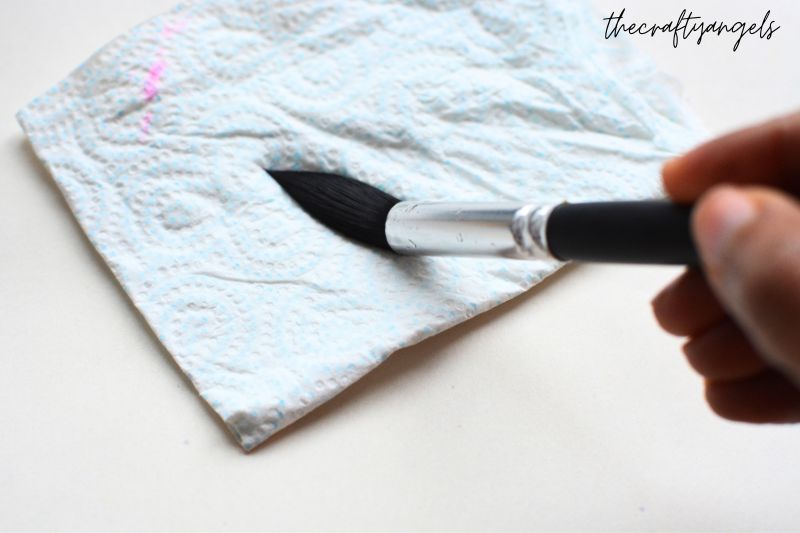
- Paper towels: Clean up spills and water. Very important. You could also use old cotton rags from dresses etc if you want to be more sustainable.
- Palette (optional): Mix paints, but a plate or lid works too! Recently discovered that ceramic soap dishes work really well as mixing palettes 🙂
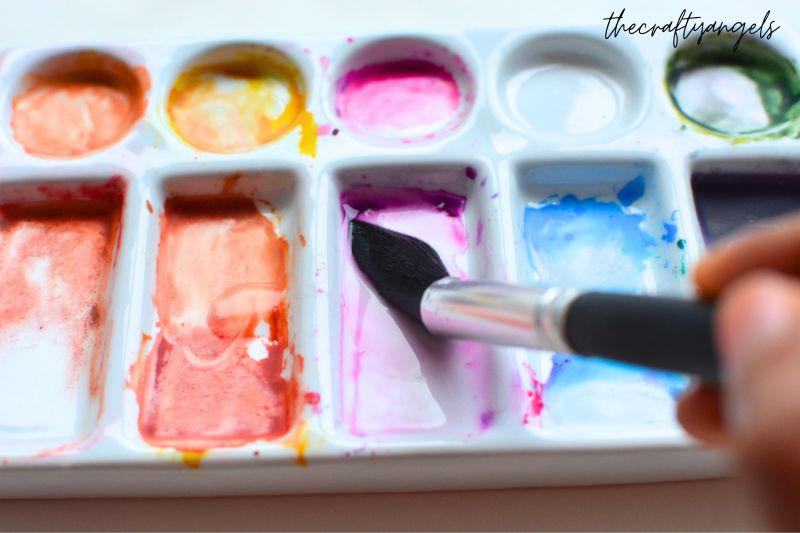
So that is all about the main supplies you need as a beginner in watercolor. If you ever ask me to put together a kit with the best watercolor supplies, these will be what I will be putting in it. Will cost you under xx nd you dont need anything beyond these!
So, grab your supplies, let your imagination loose, and start painting! Watercolors are beautiful and rewarding, and this guide has given you all the basics to start your creative adventure. Remember, the most important “supply” you have is your imagination, so use it freely and enjoy the process!
Hope you enjoyed this post on best watercolor supplies. Happy painting!
